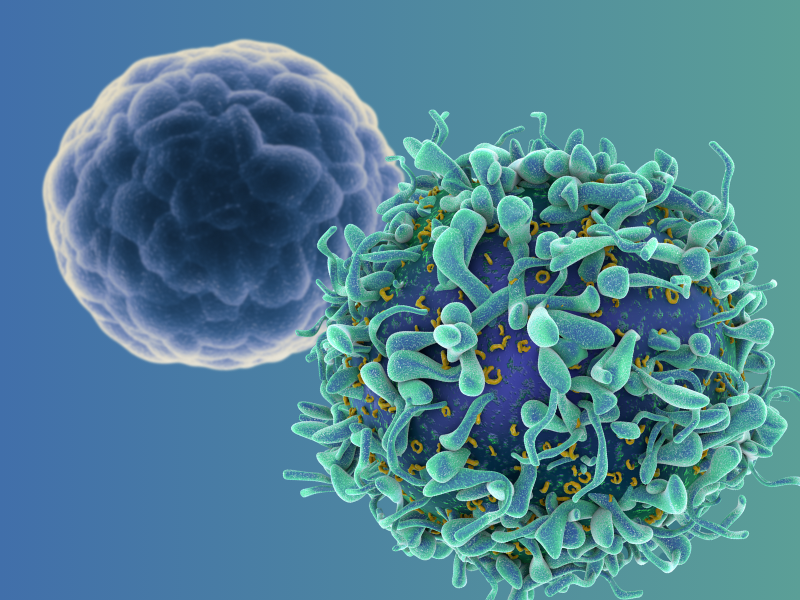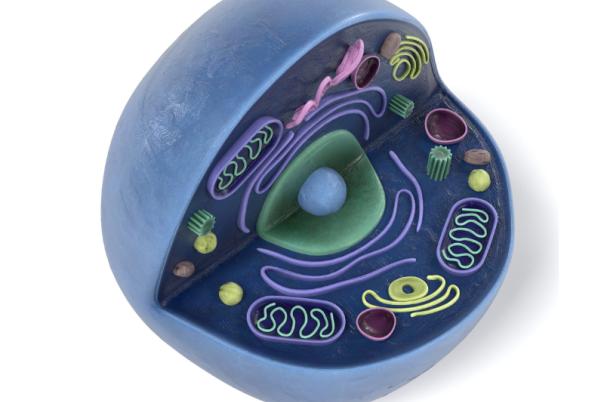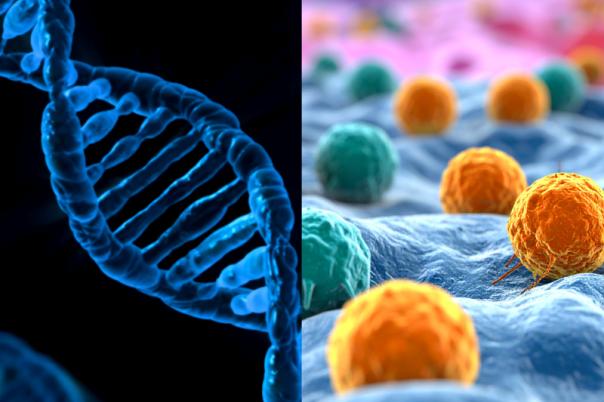A new study has successfully generated cancer-killing CAR T cells inside the bodies of mice. Researchers at Stanford University School Medicine have developed a method for delivering receptor-encoding mRNA to T cells using lipid nanoparticles.
The study, published in Proceedings of the National Academy of Sciences (PNAS), investigated the efficacy of an mRNA which encoded for a chimeric antigen receptor (CAR) which recognises and binds to the protein CD19.
The technique, which uses the same technology that underpinned the mRNA COVID-19 vaccines, could make blockbuster modality CAR T quicker, easier, and more affordable.
Earlier methods involved extracting, modifying, and expanding T cells outside the body before reinfusing them into patients. In contrast, the in vivo technique uses lipid nanoparticles carrying mRNA to directly target and engineer T cell subsets within the body to express an anti-tumour receptor.
Unlike ex vivo CAR T therapy, the in vivo approach can deliver its mRNA payload multiple times in sequence, making it more effective and last longer.
Mice with B cell lymphoma were treated with the new therapy, 75% of which had their tumours eradicated. Furthermore, the press release from Stanford notes that: “Crucially, the approach also does not require a pretreatment to deplete existing immune cells.”
“We didn’t see any toxicity, even with a fairly large number of injections,” said Senior Author and Stanford Professor, Katherine Ferrara.
“It could theoretically be repeated multiple times to enhance the cancer-killing effect. The toxicity of current CAR-T cell treatment is significant, and it can be difficult to achieve a cure with a single infusion.”
Study collaborator and Stanford Professor, Ronald Levy said: “The generation of CAR-T cells inside the body rather than making custom-produced cells from the patient outside the body will make CAR-T cell therapy safer and available to a greater number of patients.”








